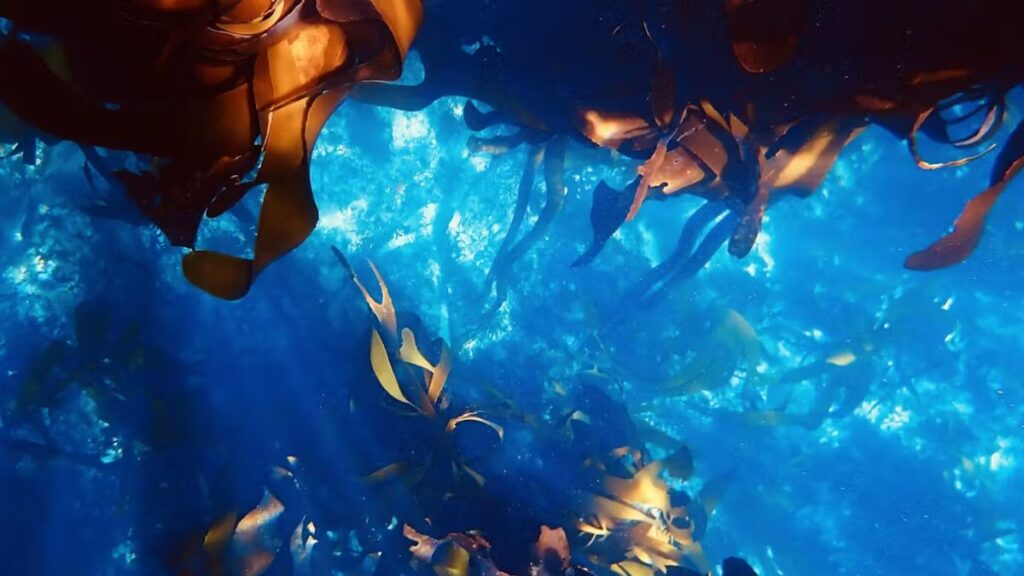Introduction to Musté and its Origins
Musté is making waves in the contemporary art scene, captivating audiences and artists alike with its unique expression. Born from a blend of traditional techniques and modern sensibilities, this innovative approach to artistry invites exploration like never before. With roots that delve deep into cultural history while simultaneously pushing boundaries, Musté stands as both a nod to the past and a beacon for future creativity.
As we dive into the world of Musté, we’ll uncover how it has evolved over time, its impact on renowned artists, and what makes its artwork truly special. Prepare to discover not just an art form but also a vibrant movement shaping today’s artistic landscape. Whether you’re an artist seeking inspiration or simply curious about new trends in art, Musté promises something intriguing for everyone.
Evolution of Musté in the Contemporary Art World
Musté has seen a remarkable evolution in the contemporary art landscape. Initially rooted in tradition, this movement began to embrace modern techniques and diverse styles. Artists started integrating digital media, pushing boundaries and redefining what musté could mean.
The rise of social media played a pivotal role. Artists showcased their work globally, allowing for instant feedback and collaboration across cultures. This interconnectedness sparked new ideas, prompting artists to reinterpret musté through fresh lenses.
As it evolved, certain themes became prominent: identity, technology, and societal issues emerged as central motifs in musté artwork. Innovative techniques like augmented reality further expanded the scope of expression within this genre.
Today’s musté is dynamic; it challenges viewers while inviting them into immersive experiences that resonate on multiple levels. The dialogue around its meaning continues to expand as more voices contribute their unique perspectives on this vibrant form of artistic expression.
Famous Artists and their Use of Musté
Famous artists have embraced musté in remarkable ways, pushing the boundaries of contemporary art. Their innovative techniques breathe new life into traditional forms.
Take Marta Vázquez, for instance. Her vibrant use of musté brings a unique texture to her canvases. Each stroke reveals an emotional depth that resonates with viewers.
Similarly, James Lee incorporates musté into his installations. He intertwines light and shadow, creating immersive experiences that invite reflection. His works challenge perceptions of space and materiality.
Then there’s Sofia Kim, who skillfully blends multimedia with musté elements. Her pieces often juxtapose digital influences with tactile surfaces, provoking dialogue about modern existence.
These artists demonstrate that musté is more than just a medium; it’s a powerful vehicle for expression and exploration in the contemporary landscape. Each approach adds layers to its evolving narrative within the art world.
The Unique Qualities and Characteristics of Musté Artwork
Musté artwork stands out for its vibrant colors and dynamic forms. Artists often infuse their pieces with layers of texture that invite viewers to interact physically and emotionally.
One defining characteristic is the fusion of traditional techniques with modern elements. This blend creates a dialogue between past and present, challenging perceptions about what art can be.
The use of unconventional materials also sets Musté apart. From recycled objects to digital media, artists push boundaries in surprising ways. Each piece tells a unique story, rich in symbolism and cultural references.
Moreover, Musté embodies spontaneity. The creative process often embraces chance, resulting in unexpected outcomes that spark curiosity.
This unpredictability invites audiences to engage deeply with the artwork, exploring meanings beyond surface appearances. It’s this complexity that continues to captivate collectors and enthusiasts alike.
How Musté is Shaping the Future of Art
Musté is not just a trend; it’s a transformative force in contemporary art. Its vibrant hues and dynamic forms push the boundaries of traditional artistic expression.
Artists are experimenting with Musté in ways that defy convention. This medium encourages innovation, inviting creators to explore new techniques and materials. The result? A rich tapestry of styles that reflect diverse cultural narratives.
Moreover, Musté fosters collaboration among artists across disciplines. Installations often blend technology, sculpture, and performance art into immersive experiences for audiences. This synergy opens doors to fresh interpretations and meanings.
As more galleries embrace Musté-inspired works, they create spaces for dialogue around identity and environment. Viewers engage on multiple levels—visually, emotionally, and intellectually—sparking discussions about society’s future.
Musté is redefining what art can be by challenging norms while also uniting communities through shared creative endeavors. It’s an exciting time for those who appreciate the evolving landscape of artistry.
Controversy Surrounding Musté: Criticism vs Appreciation
The world of Musté is not without its controversies. Critics often argue that some pieces lack depth and are more about shock value than substance. They question the authenticity of artists who embrace this style, suggesting it oversimplifies complex themes.
On the flip side, supporters passionately defend Musté as a revolutionary form of expression. They celebrate its ability to provoke thought and challenge traditional art norms. For enthusiasts, each piece opens a dialogue about societal issues.
This tension fuels vibrant discussions in galleries and online forums alike. Artists using Musté find themselves at an intersection between mainstream acceptance and avant-garde experimentation.
As with many artistic movements, personal taste plays a significant role in how one perceives Musté. What resonates deeply with one may fall flat for another, sparking ongoing debate within the contemporary art community.
Conclusion: The Enduring Influence of Musté on Contemporary Art
The impact of Musté on contemporary art is undeniable. As artists continue to explore this unique medium, its influence expands beyond traditional boundaries. The evolution of Musté has sparked new conversations and challenged established norms within the art community.
Famous artists have incorporated Musté into their work, pushing creative limits and redefining what art can be. This ongoing dialogue fosters a vibrant atmosphere where innovation thrives.
Musté’s distinct characteristics—its textures, colors, and forms—offer endless possibilities for expression. Artists are not only using it as a tool but are also creating movements that celebrate its essence.
While some critique Musté for various reasons, many appreciate its ability to evoke emotion and provoke thought. This dichotomy fuels further exploration in the realm of contemporary art.
As we look ahead, it’s clear that Musté will continue inspiring artists from all backgrounds. Its role in shaping future artistic expressions ensures that it remains a vital part of our cultural narrative—a testament to creativity’s power to evolve while leaving an indelible mark on history.






![Why Kibard is a Must-Read for [Target Audience]](https://gool24.net/wp-content/uploads/2025/12/Kibard-150x150.jpg)